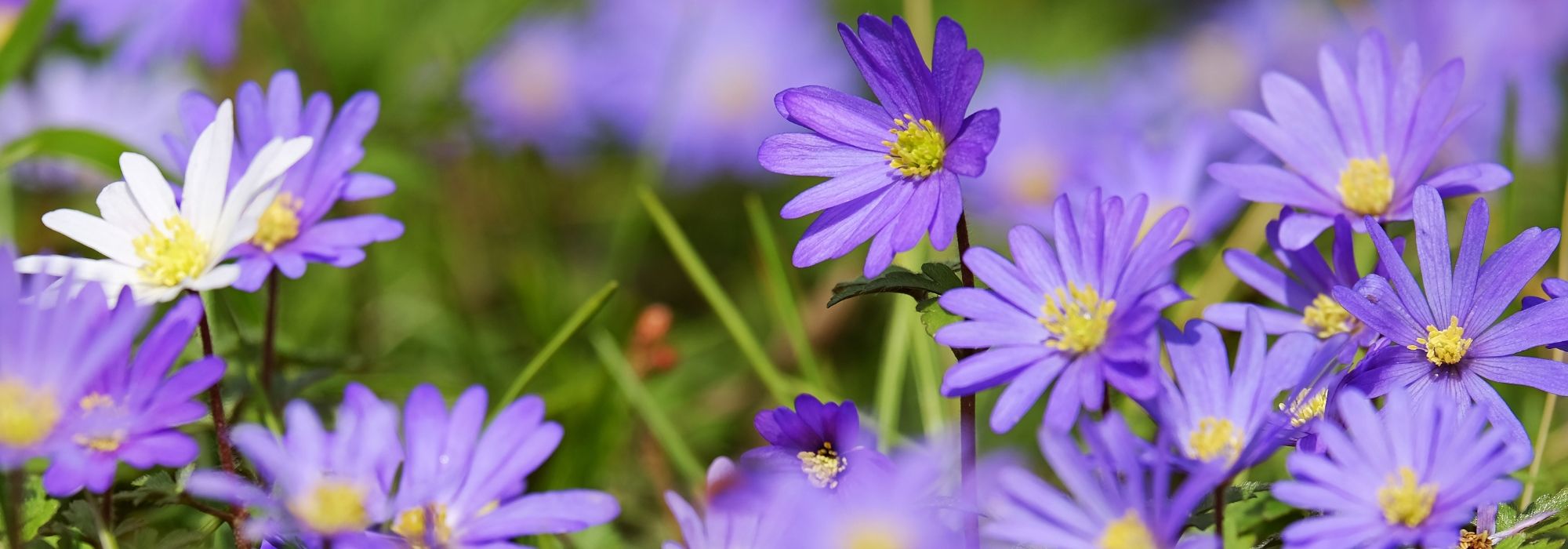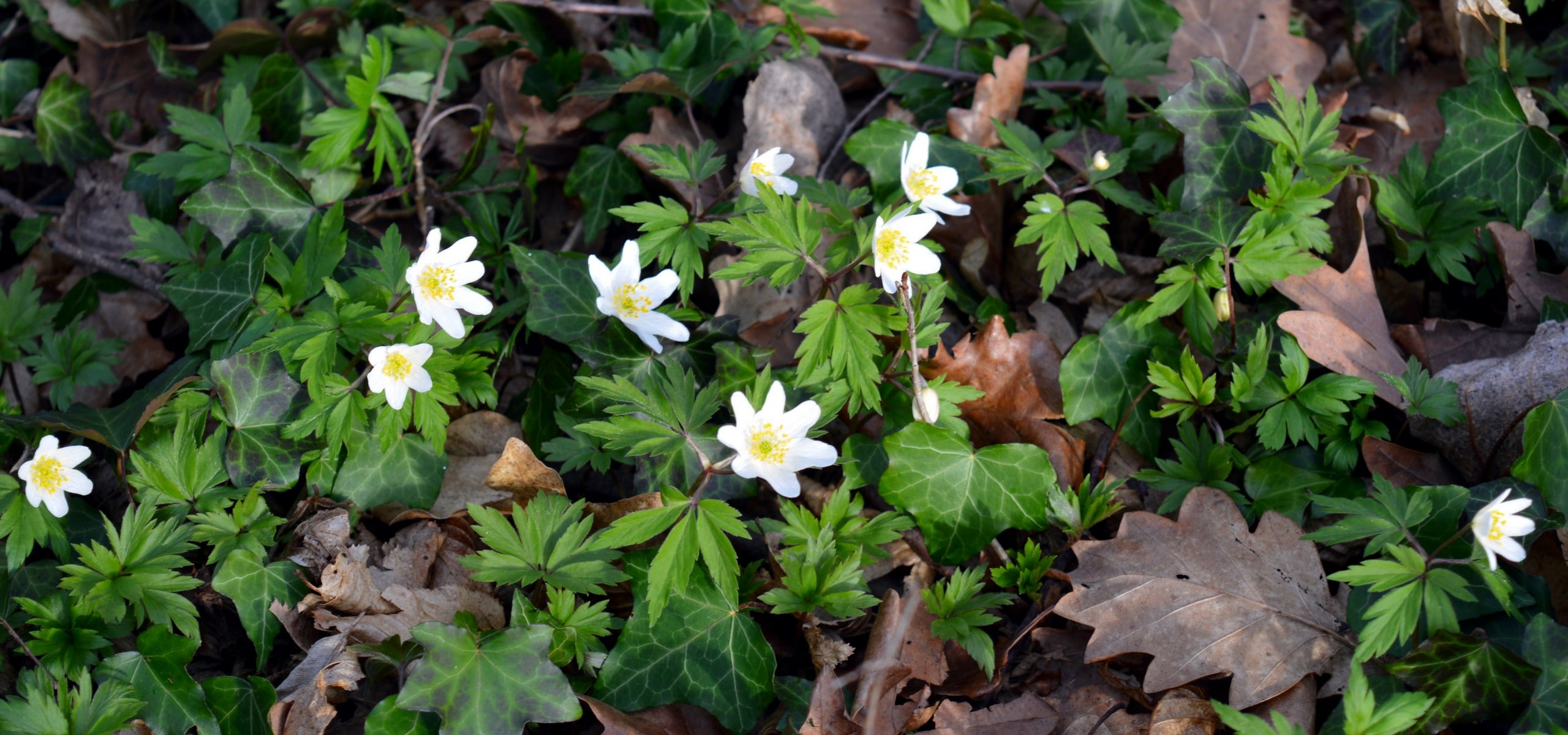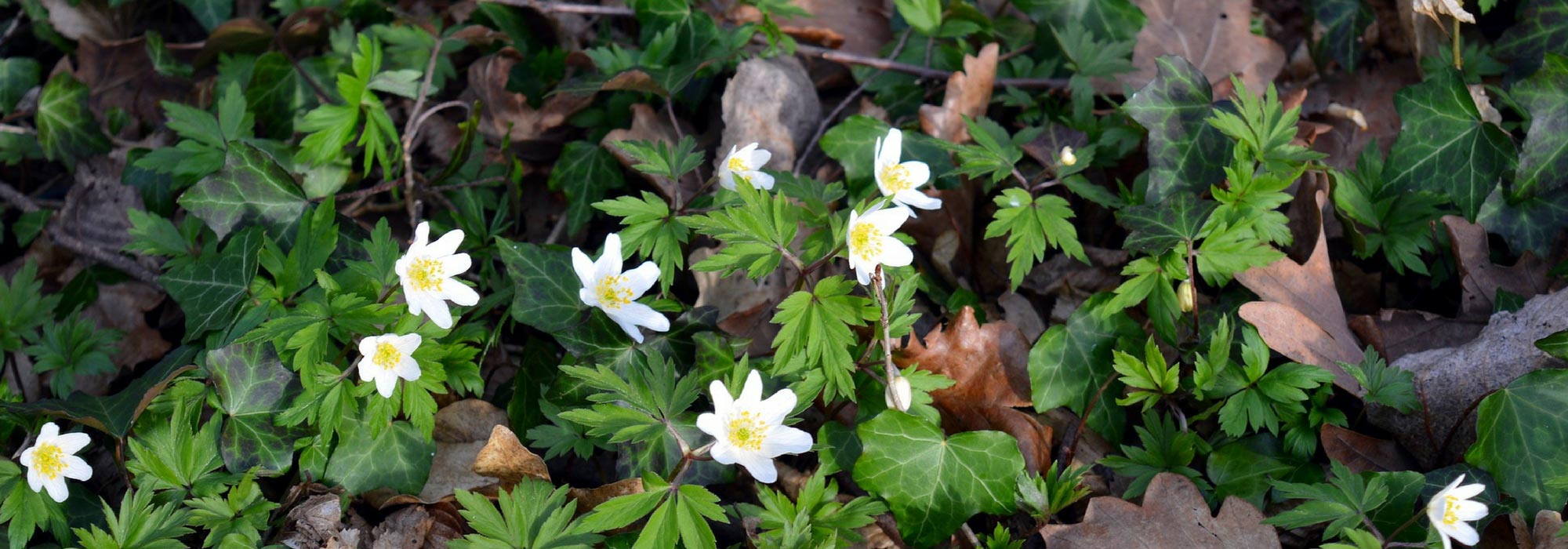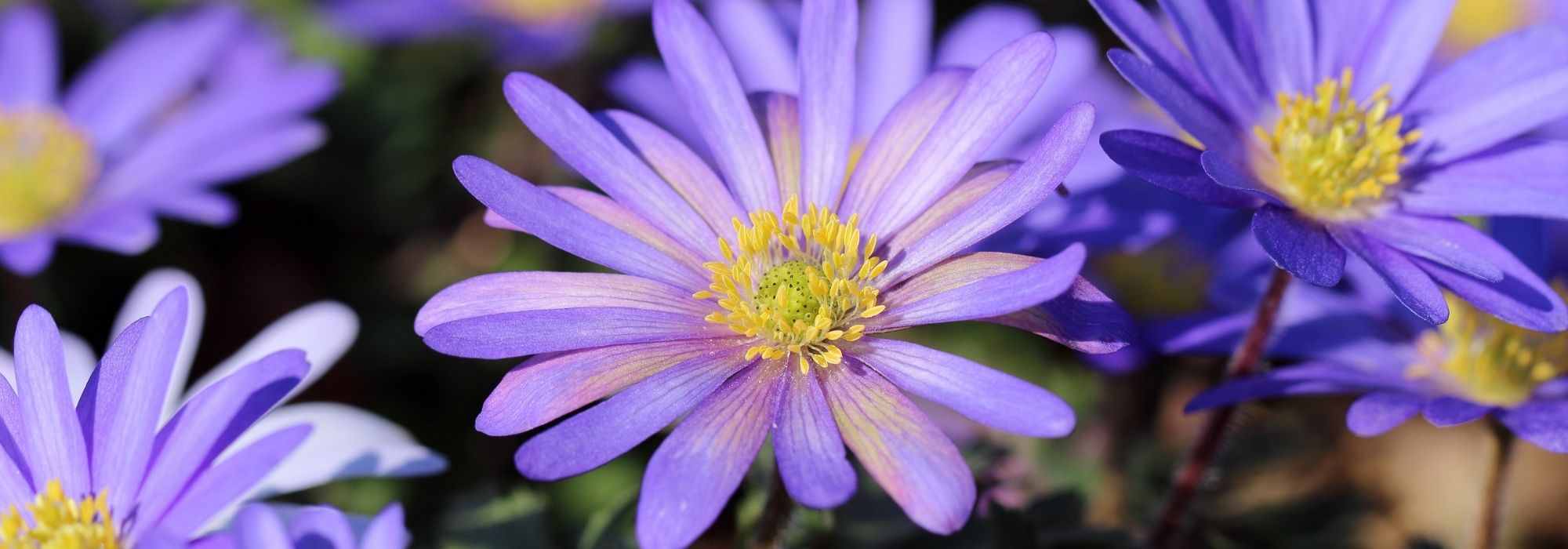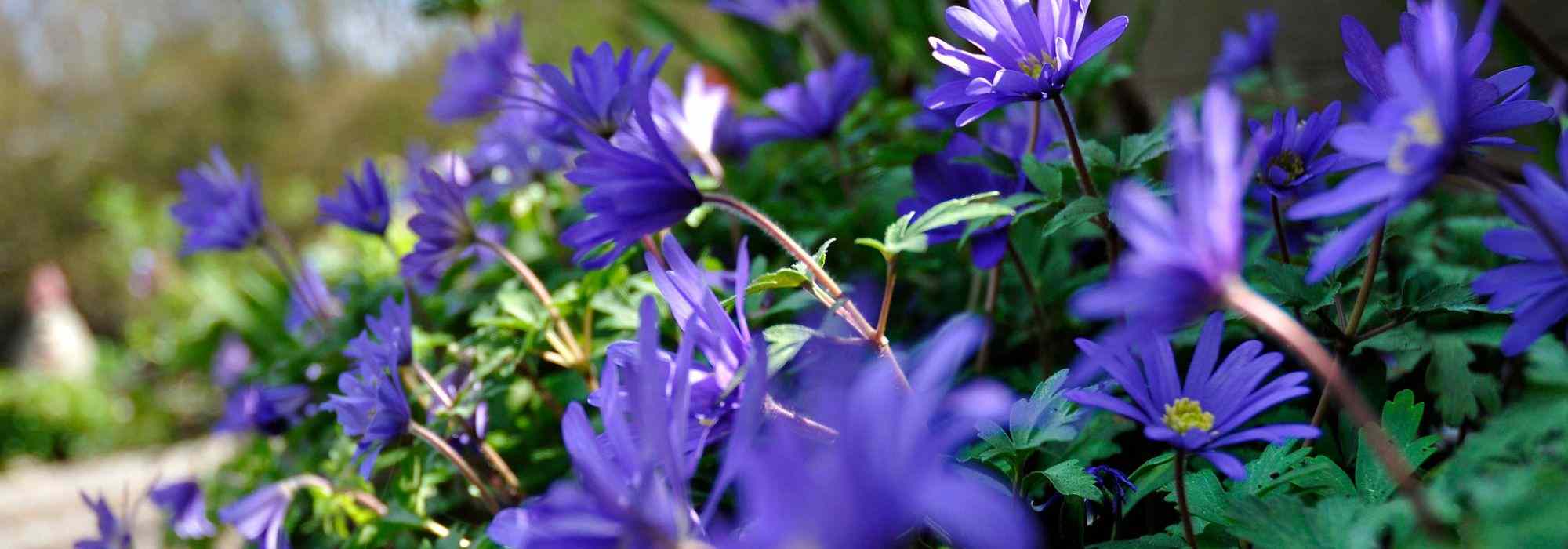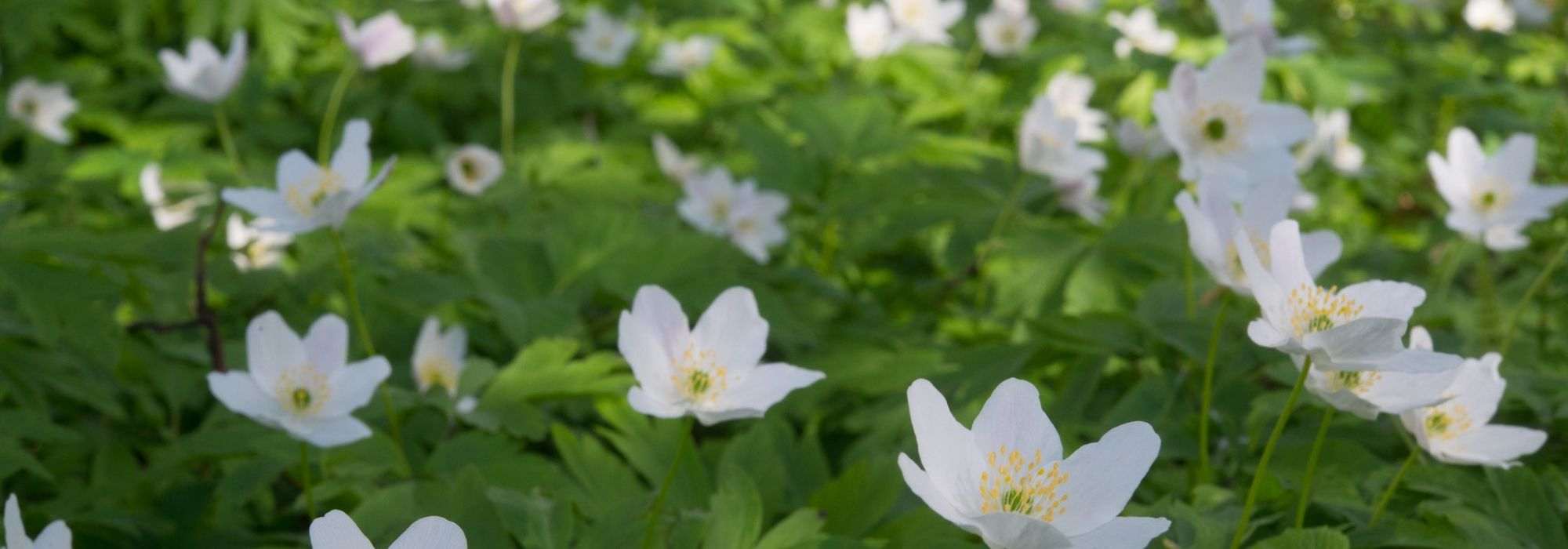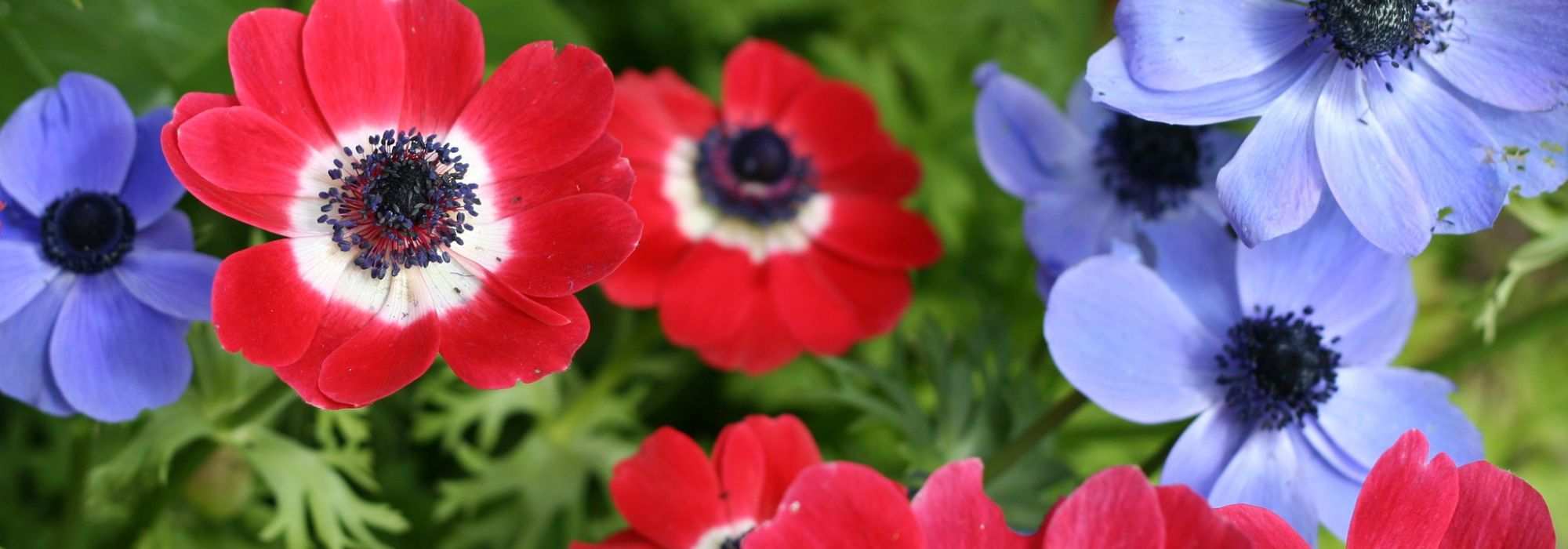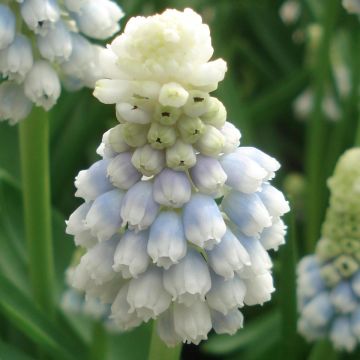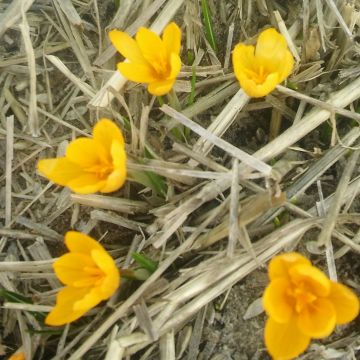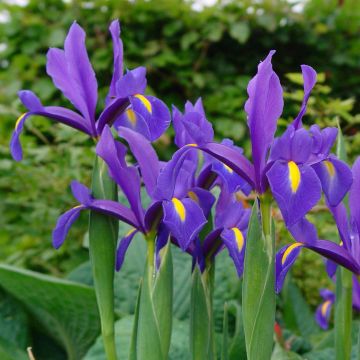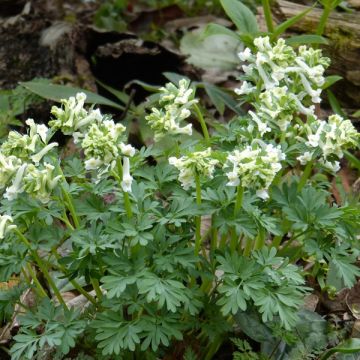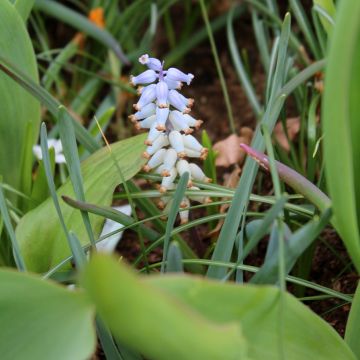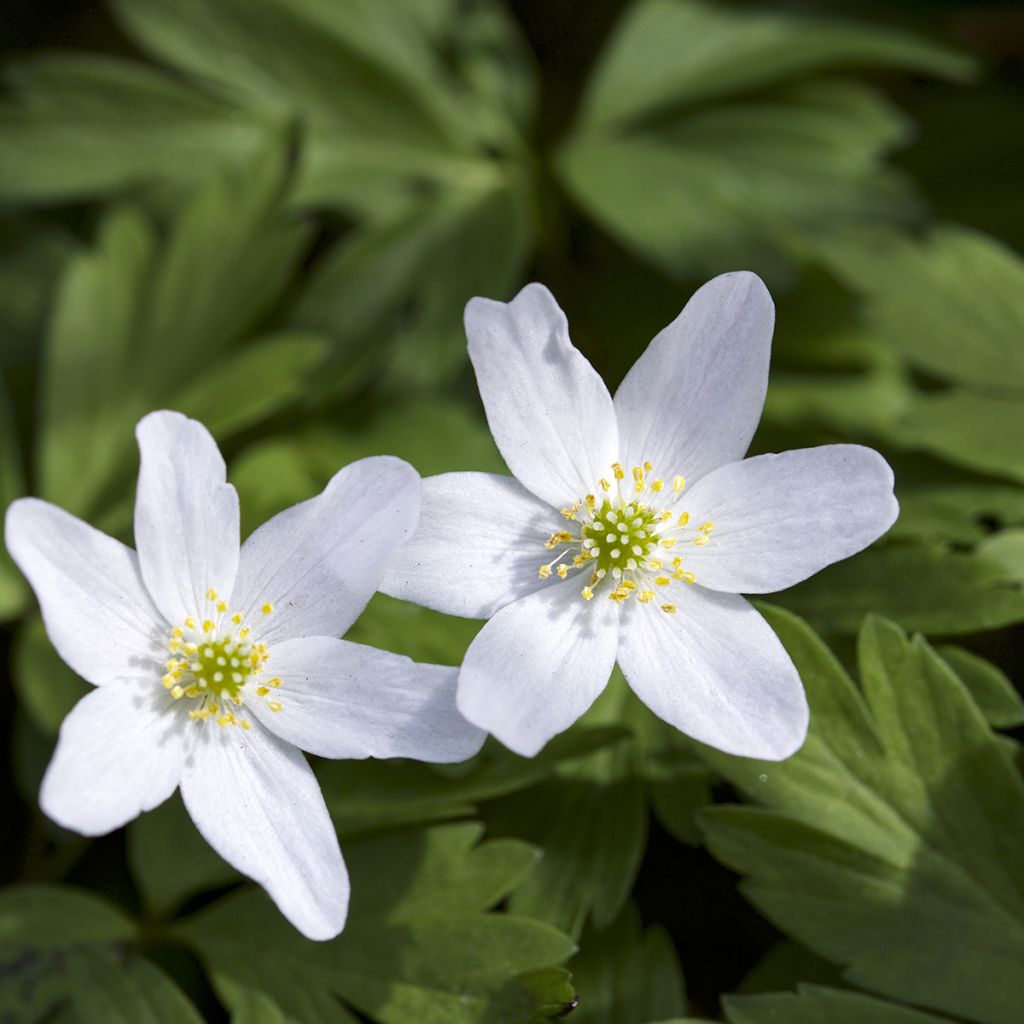

Anemone nemorosa Lychette
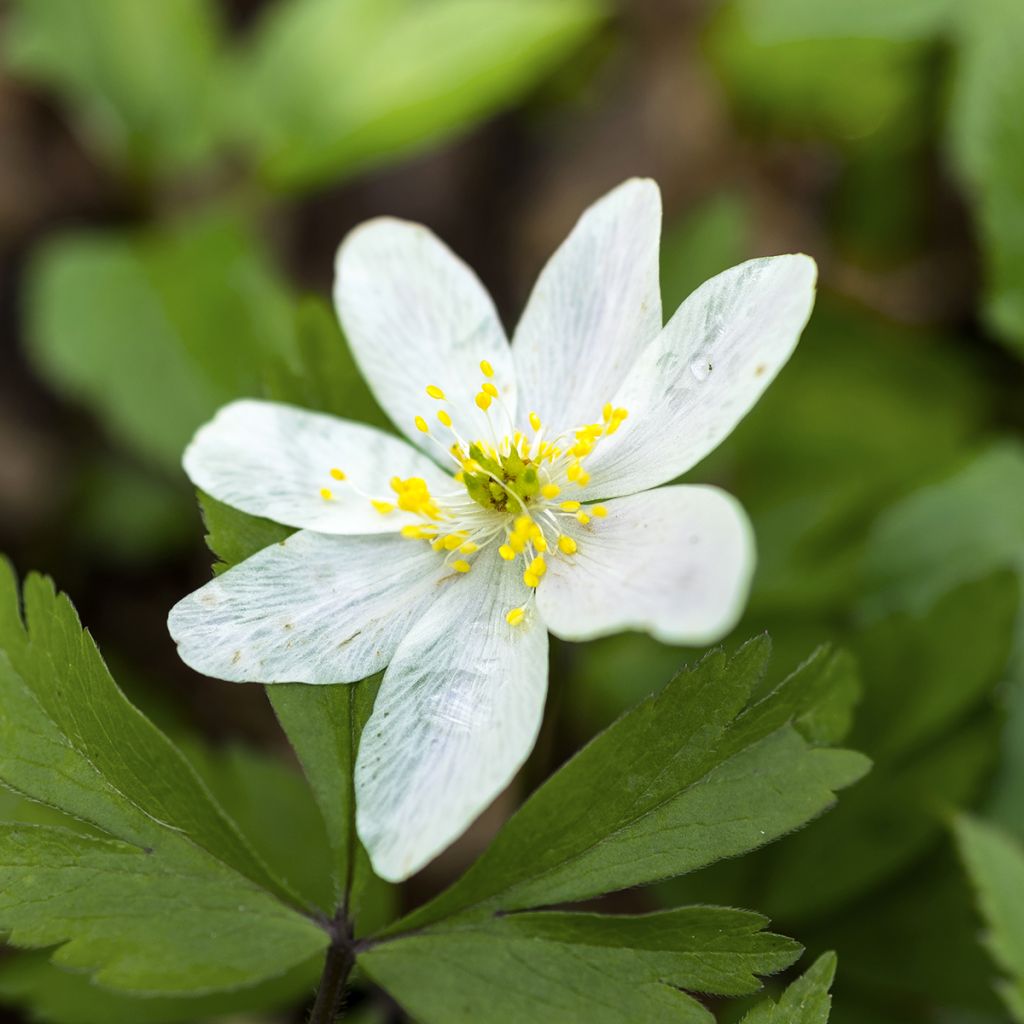

Anemone nemorosa Lychette
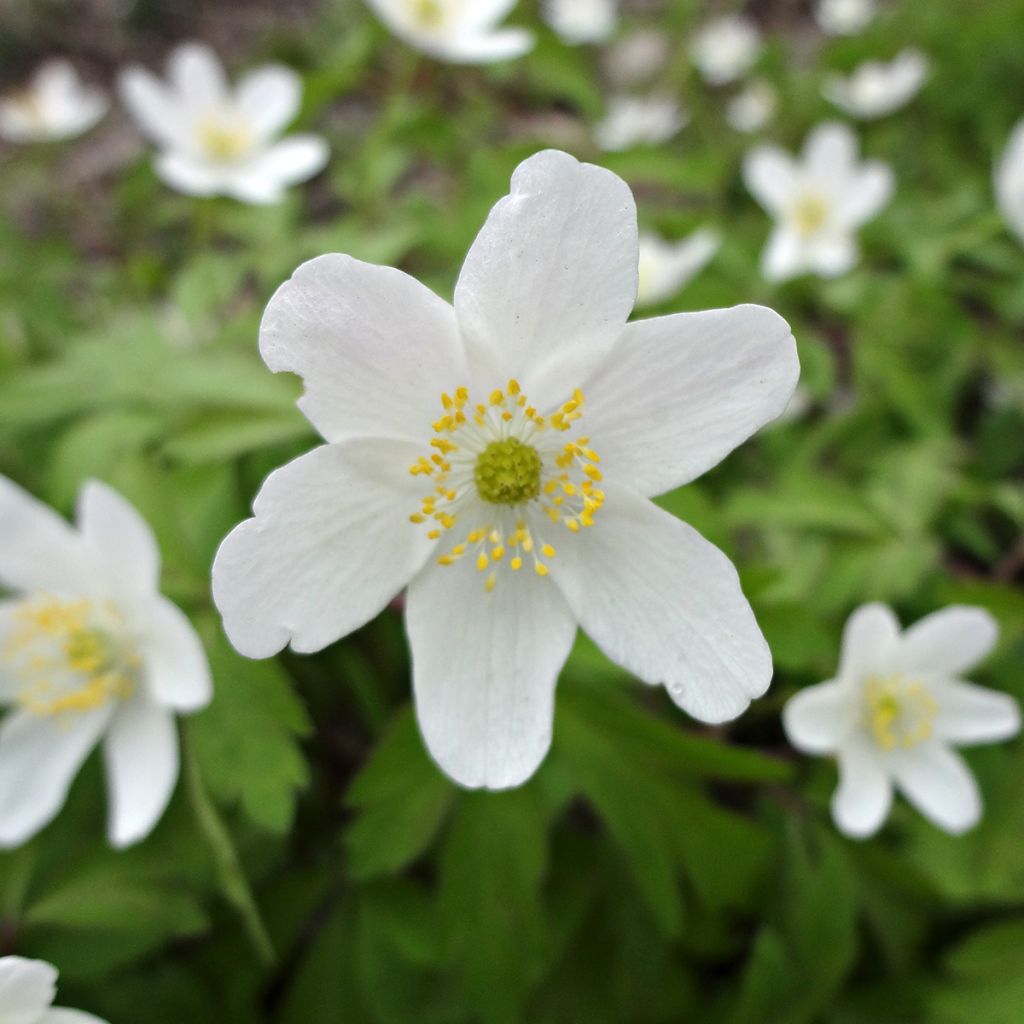

Anemone nemorosa Lychette
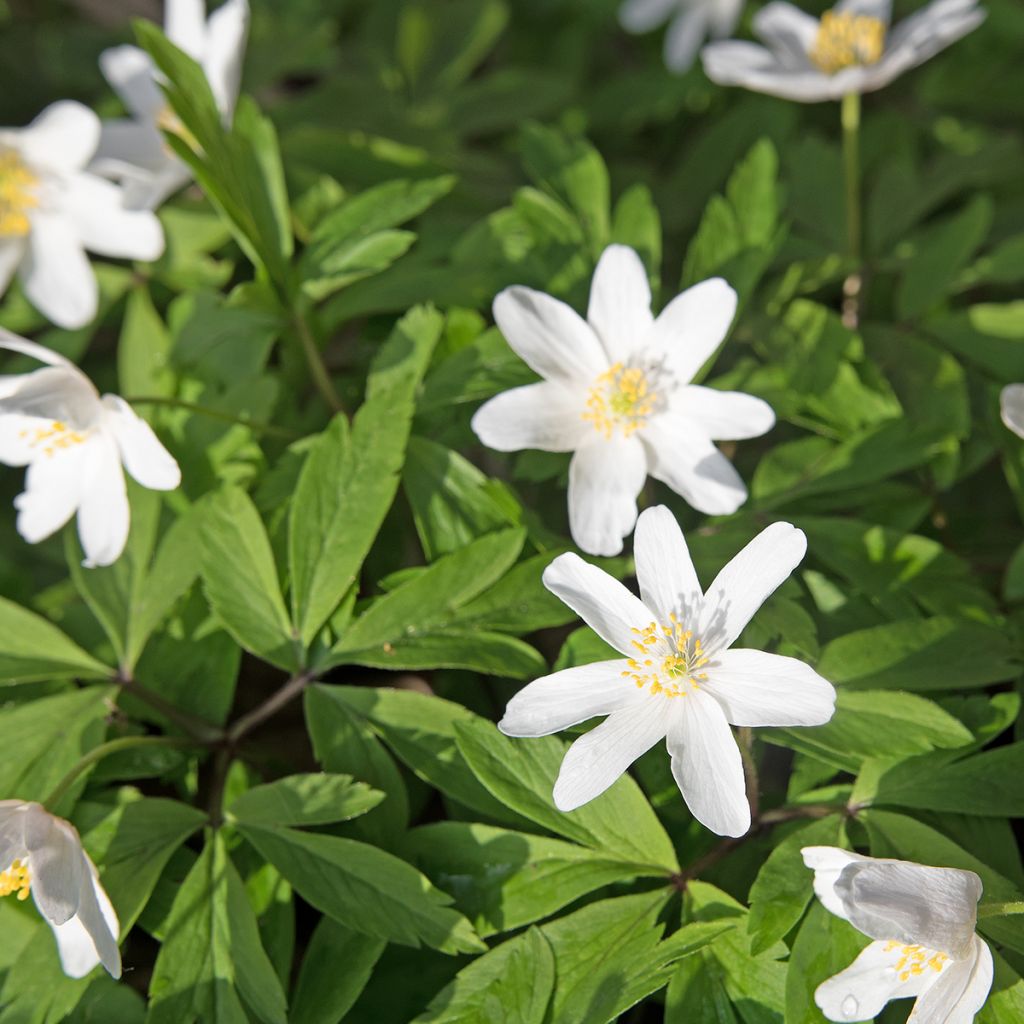

Anemone nemorosa Lychette
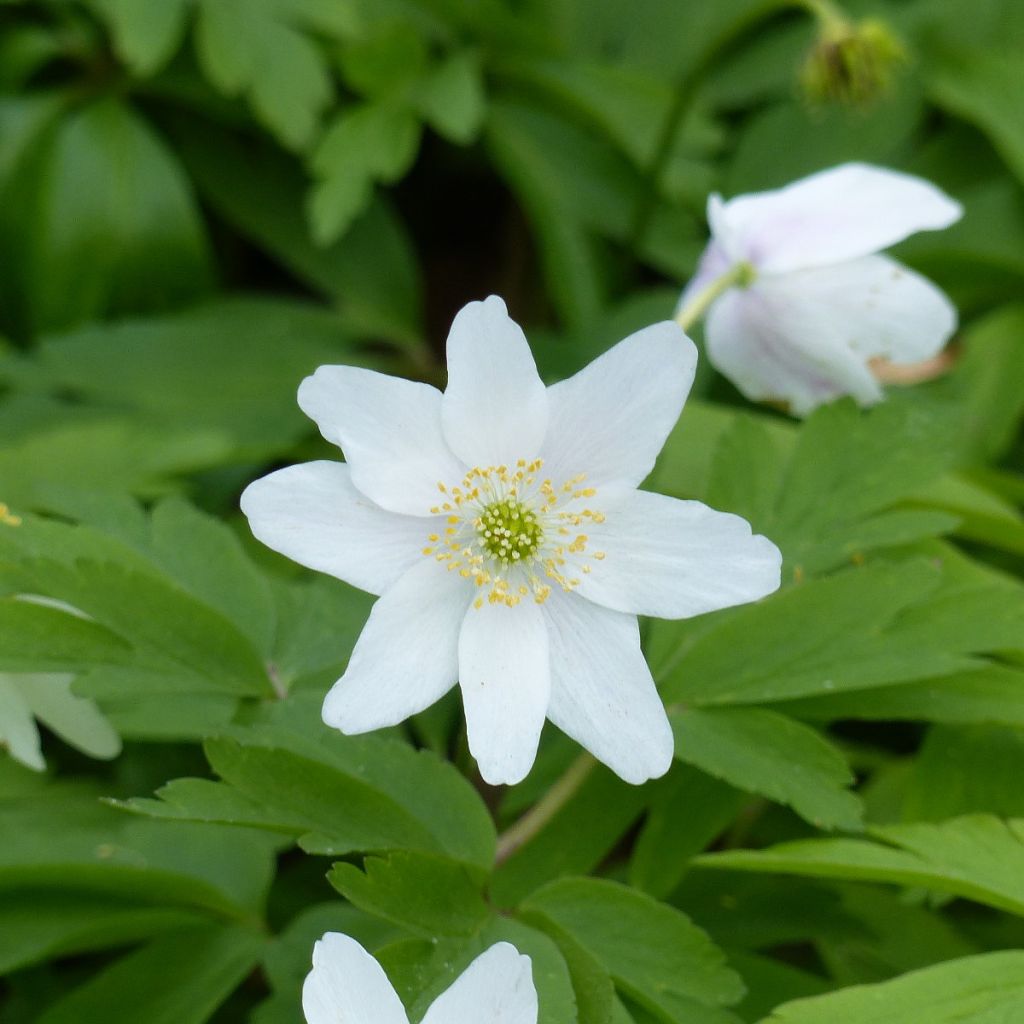

Anemone nemorosa Lychette
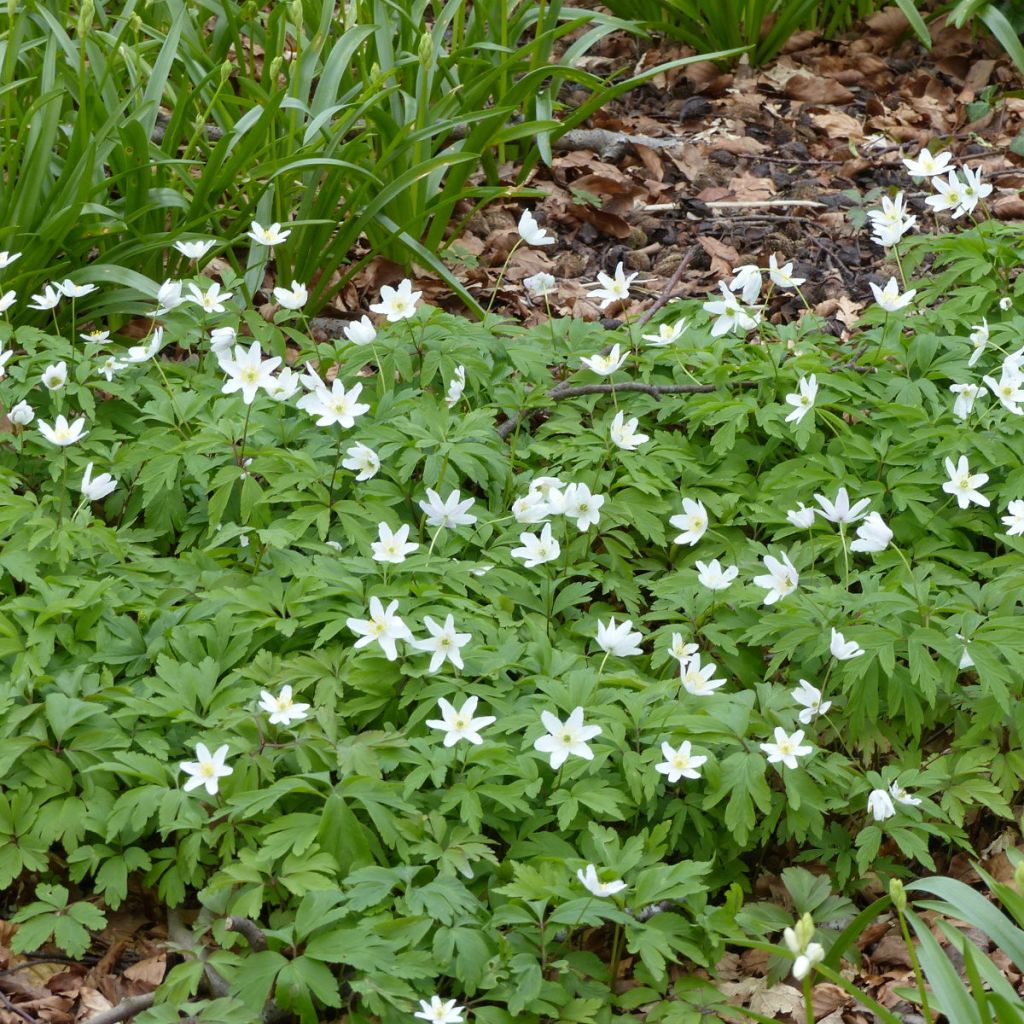

Anemone nemorosa Lychette
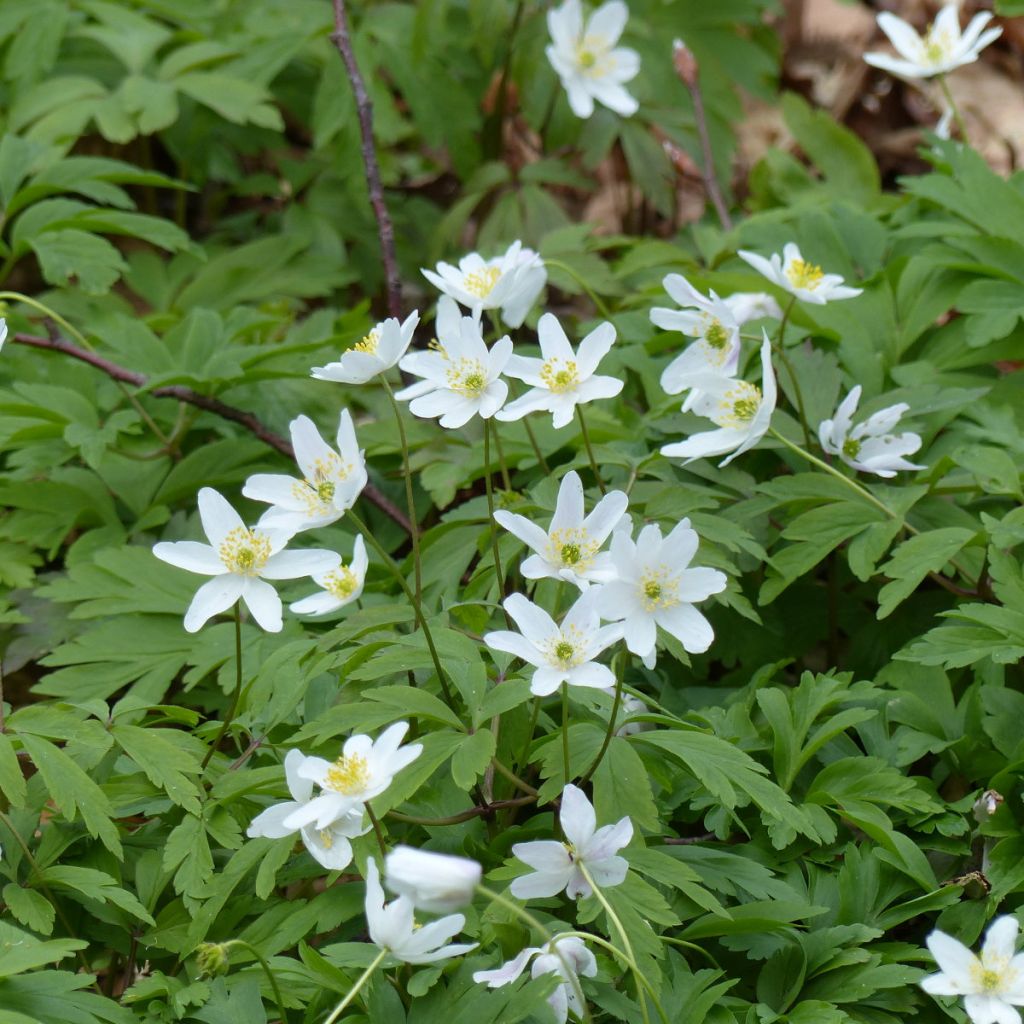

Anemone nemorosa Lychette
Anemone nemorosa Lychette
Anemone nemorosa Lychette
Wood Anemone
The first bag I received was empty, I took out the soil but there was only soil. I reported it and received a new bag, and this time, there were 4 roots inside. I'm now waiting for spring to see if they will shoot.
Sissi, 30/10/2024
Special offer!
Receive a €20 voucher for any order over €90 (excluding delivery costs, credit notes, and plastic-free options)!
1- Add your favorite plants to your cart.
2- Once you have reached €90, confirm your order (you can even choose the delivery date!).
3- As soon as your order is shipped, you will receive an email containing your voucher code, valid for 3 months (90 days).
Your voucher is unique and can only be used once, for any order with a minimum value of €20, excluding delivery costs.
Can be combined with other current offers, non-divisible and non-refundable.
Home or relay delivery (depending on size and destination)
Schedule delivery date,
and select date in basket
This plant carries a 6 months recovery warranty
More information
We guarantee the quality of our plants for a full growing cycle, and will replace at our expense any plant that fails to recover under normal climatic and planting conditions.
Does this plant fit my garden?
Set up your Plantfit profile →
Description
Anemone nemorosa 'Lychette' (syn. 'Lytchett'), also known as Wood Anemone stands out for its tall size, with flowering stems reaching 40cm (16in) in height. It also produces larger white flowers than the typical variety, forming very bright patches in the shaded areas of the garden. This beautiful woodland perennial blooms early and for a long time in spring, and naturalises over time, eventually becoming an excellent, effective, and long-lasting groundcover.
Anemone nemorosa 'Lychette' belongs to the family of Ranunculaceae. It is a cultivar derived from Wood Anemone, which is found throughout most of Europe, Western Asia, and Northern America. This small plant forms a beautiful cushion 30 to 45 cm (12 to 18in) tall, and spreads over 40 cm (16in) or more. It produces unbranched vertical stems that bear early in spring, from late March-April to mid-May, 3 whorled, well-cut bracts, and in their centre a single flower, 5 cm (2in) in diameter. The flower has several oval white tepals (sepals shaped like petals), sometimes tinged with pink. The throat is adorned with numerous yellow stamens. The flower opens to the light and follows the direction of the sun. It closes in the evening, or in case of rain, avoiding damage from water by gracefully leaning to one side. All the flowers are oriented in the same way, creating a particularly harmonious carpet. The rhizome of Anemone 'Lychette' is brown, fleshy, and brittle, growing only 3 centimetres (1 inch) per year. It runs just below the surface of the soil. It produces numerous leaves with three dissected leaflets, a vibrant green colour, matte, and slightly hairy. The flower does not occupy the same position year after year, it moves following its rhizome.
Wood Anemone Lychette, like all its relatives, is ideal as groundcover, wherever shade prevails over light, in moist soil. It can be used at the base of hedges, bushes, and deciduous trees, as well as in shaded borders. Combine it with botanical narcissus, forget-me-nots, and blue, violet, white, or pink Anemone blanda, which will succeed it in flowering and require the same growing conditions. In nature, the Wood Anemone develops and blooms in spring, while the trees are still leafless. It completes its vegetative cycle in summer when its leaves disappear, which corresponds to its period of dormancy. This is the most favourable time to plant it under a tree or the base of hedges. It is not affected by competition from tree and shrub roots.
In temperate European zones, in forests, where its presence is spontaneous, it would be (along with lily of the valley) a good indicator species of the age and naturalness of the forest. Anemone nemorosa and its cultivars are plants used in phytotherapy and aromatherapy.
The Anemone nemorosa comes in the form of a rhizome section packaged in a compost pouch.
Anemone nemorosa Lychette in pictures


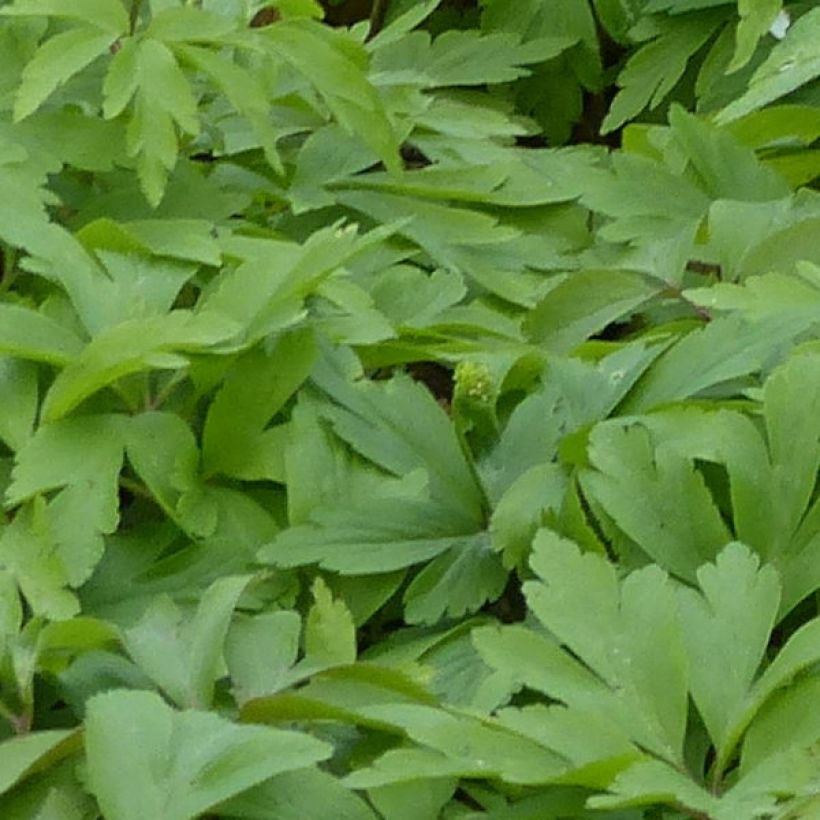



Plant habit
Flowering
Foliage
Botanical data
Anemone
nemorosa
Lychette
Ranunculaceae
Wood Anemone
Anemone (Lytchett)
Cultivar or hybrid
Other Anemone
View all →Planting and care
Anemone nemorosa 'Lychette' is planted in the autumn, with a spacing of 30 cm (12in), in a humus-rich, moist, well-drained soil in a shady location. Mix some compost with your garden soil if it is too chalky. In summer, it goes into dormancy and disappears underground. Mulch the soil with dead leaves to protect the stump in winter. Divide clumps every 4 years in spring. It is prone to leaf eelworms and occasionally anemone smut. It can also be affected by black spot disease and powdery mildew, as well as caterpillars and slugs. At planting, Wood Anemone comes in the form of a 2 cm (1in) long and 2 mm (0.1in) diameter rhizome section, packaged in a small compost pouch. The 'small piece of root' or 'twig' appearance can be confusing the first time you plant it. And yet, it establishes excellently!
Planting period
Intended location
Care
Planting & care advice
-
, onOrder confirmed
Reply from on Promesse de fleurs
Similar products
Haven't found what you were looking for?
Hardiness is the lowest winter temperature a plant can endure without suffering serious damage or even dying. However, hardiness is affected by location (a sheltered area, such as a patio), protection (winter cover) and soil type (hardiness is improved by well-drained soil).

Photo Sharing Terms & Conditions
In order to encourage gardeners to interact and share their experiences, Promesse de fleurs offers various media enabling content to be uploaded onto its Site - in particular via the ‘Photo sharing’ module.
The User agrees to refrain from:
- Posting any content that is illegal, prejudicial, insulting, racist, inciteful to hatred, revisionist, contrary to public decency, that infringes on privacy or on the privacy rights of third parties, in particular the publicity rights of persons and goods, intellectual property rights, or the right to privacy.
- Submitting content on behalf of a third party;
- Impersonate the identity of a third party and/or publish any personal information about a third party;
In general, the User undertakes to refrain from any unethical behaviour.
All Content (in particular text, comments, files, images, photos, videos, creative works, etc.), which may be subject to property or intellectual property rights, image or other private rights, shall remain the property of the User, subject to the limited rights granted by the terms of the licence granted by Promesse de fleurs as stated below. Users are at liberty to publish or not to publish such Content on the Site, notably via the ‘Photo Sharing’ facility, and accept that this Content shall be made public and freely accessible, notably on the Internet.
Users further acknowledge, undertake to have ,and guarantee that they hold all necessary rights and permissions to publish such material on the Site, in particular with regard to the legislation in force pertaining to any privacy, property, intellectual property, image, or contractual rights, or rights of any other nature. By publishing such Content on the Site, Users acknowledge accepting full liability as publishers of the Content within the meaning of the law, and grant Promesse de fleurs, free of charge, an inclusive, worldwide licence for the said Content for the entire duration of its publication, including all reproduction, representation, up/downloading, displaying, performing, transmission, and storage rights.
Users also grant permission for their name to be linked to the Content and accept that this link may not always be made available.
By engaging in posting material, Users consent to their Content becoming automatically accessible on the Internet, in particular on other sites and/or blogs and/or web pages of the Promesse de fleurs site, including in particular social pages and the Promesse de fleurs catalogue.
Users may secure the removal of entrusted content free of charge by issuing a simple request via our contact form.
The flowering period indicated on our website applies to countries and regions located in USDA zone 8 (France, the United Kingdom, Ireland, the Netherlands, etc.)
It will vary according to where you live:
- In zones 9 to 10 (Italy, Spain, Greece, etc.), flowering will occur about 2 to 4 weeks earlier.
- In zones 6 to 7 (Germany, Poland, Slovenia, and lower mountainous regions), flowering will be delayed by 2 to 3 weeks.
- In zone 5 (Central Europe, Scandinavia), blooming will be delayed by 3 to 5 weeks.
In temperate climates, pruning of spring-flowering shrubs (forsythia, spireas, etc.) should be done just after flowering.
Pruning of summer-flowering shrubs (Indian Lilac, Perovskia, etc.) can be done in winter or spring.
In cold regions as well as with frost-sensitive plants, avoid pruning too early when severe frosts may still occur.
The planting period indicated on our website applies to countries and regions located in USDA zone 8 (France, United Kingdom, Ireland, Netherlands).
It will vary according to where you live:
- In Mediterranean zones (Marseille, Madrid, Milan, etc.), autumn and winter are the best planting periods.
- In continental zones (Strasbourg, Munich, Vienna, etc.), delay planting by 2 to 3 weeks in spring and bring it forward by 2 to 4 weeks in autumn.
- In mountainous regions (the Alps, Pyrenees, Carpathians, etc.), it is best to plant in late spring (May-June) or late summer (August-September).
The harvesting period indicated on our website applies to countries and regions in USDA zone 8 (France, England, Ireland, the Netherlands).
In colder areas (Scandinavia, Poland, Austria...) fruit and vegetable harvests are likely to be delayed by 3-4 weeks.
In warmer areas (Italy, Spain, Greece, etc.), harvesting will probably take place earlier, depending on weather conditions.
The sowing periods indicated on our website apply to countries and regions within USDA Zone 8 (France, UK, Ireland, Netherlands).
In colder areas (Scandinavia, Poland, Austria...), delay any outdoor sowing by 3-4 weeks, or sow under glass.
In warmer climes (Italy, Spain, Greece, etc.), bring outdoor sowing forward by a few weeks.






























